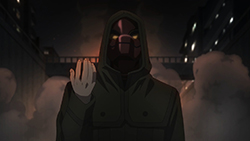 |
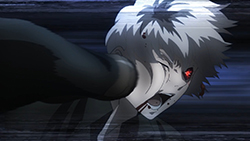 |
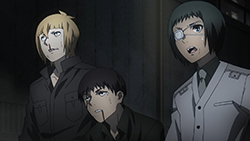 |
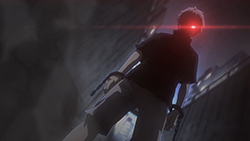 |
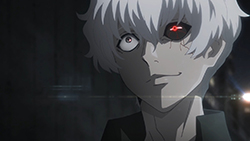 |
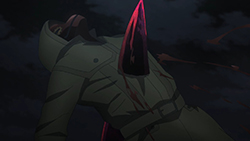 |
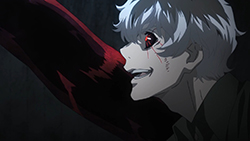 |
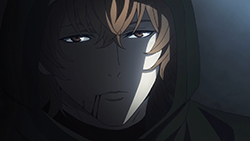 |
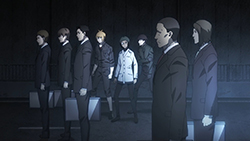 |
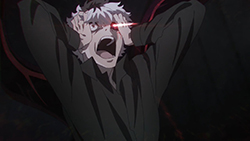 |
 |
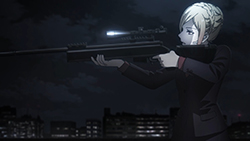 |
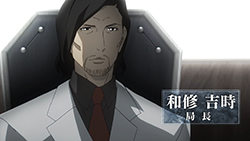 |
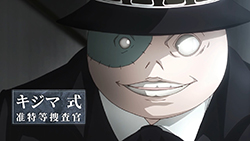 |
 |
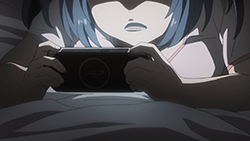 |
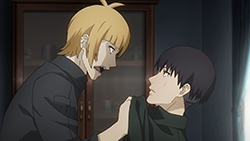 |
 |
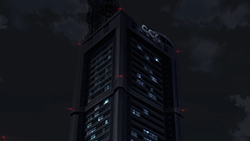 |
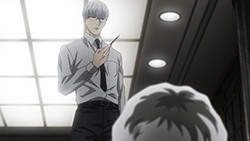 |
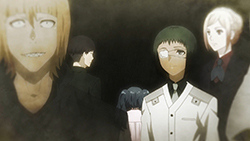 |
 |
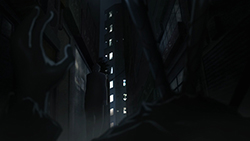 |
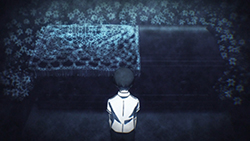 |
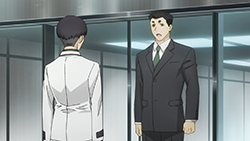 |
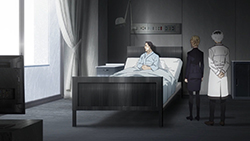 |
 |
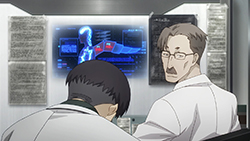 |
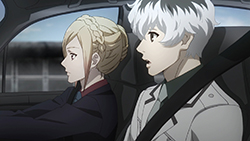 |
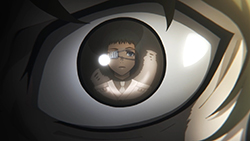 |
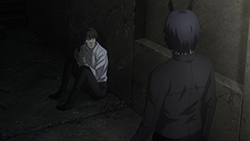 |
 |
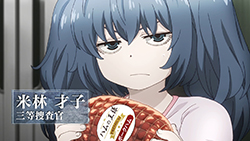 |
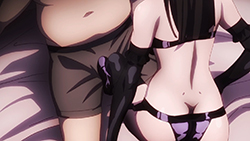 |
 |
 |
 |
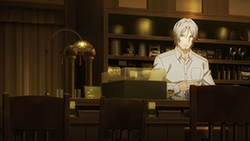 |
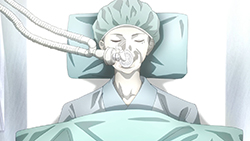 |
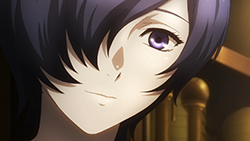 |
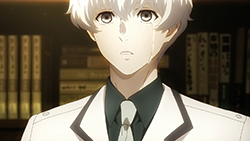 |
 |
“Fragments: member”
Although TG’s anime adaptations have always shone, when it comes to presenting intricately tangled storyline in a form that watchers can make sense out of, I wasn’t exactly optimistic about the third season for a couple of reasons. Root A’s ending left much to be desired, re’s first episode kind of fell short for me, and Watanabe Odahiro is a director who hasn’t had the most impressive of portfolios. Nothing that really inspired my confidence. But with this episode, it looks like the production team are really stepping up to the plate with Tokyo Ghoul:re.
Unlike last time, the pacing didn’t get too frenetic and the story was given some room to breathe. There were clear points of focus which were seamlessly transitioned between, coupled with gorgeous animation and stellar sound directing. Apparently, this is where Pierrot were hiding the big guns, and I’ll admit every minute was god damn satisfying.
Sasaki vs Orochi vs Kaneki
First off, the altercation between Sasaki and Orochi panned out smoother than butter melted into a steak sauce. Just when it seems like Sasaki was out for the count, the ominous silhouette of Kaneki stands over him, spurring him to duke it out to the maximum. After which Orochi got absolutely curbstomped. And just as we thought (if you paid attention to the voice actor)… Orochi was actually Nishio Nishiki (Shintaro Asanuma)! But the actual fight itself served as a means to heavily drive the story. Sasaki would be exposed to an external stimulus – thus triggering the resurgence of Kaneki. While Sasaki got put down by the elite investigation squads after losing control, before being brought back to normal, things are far from over. As long as he continues encountering familiar people from his past life, I fully expect his struggles against Kaneki to persist into the foreseeable future.
Squad Shenanigans
Then there’s a notable subplot featuring Urie – the now disgraced former captain of the Quinx Squad – seeking power beyond his own limits. It comes as no surprise, since we learn that his father suffered a brutal demise at the hands of ghouls, stoking Urie’s desire for vengeance. To that end, he bypasses Sasaki’s authority, in order to go through with surgical procedures that will boost the output of his kakuhou. Will it prove effective? Only time can tell, though I’ll certainly be expecting repercussions to arise in the near future.
What started off as a pleasant surprise, quickly soured for menfolk, once Ishida dished out his personal brand of BDSM. Any guy worth their salt should hide away ballsacks and avert their gazes. Nutcracker had me wincing HORRIFICALLY. Most dudes would definitely have gotten a visceral reaction from seeing testicles get destroyed, and holy fuck, that shit really gave me the jitters. If anything, Shirazu has an incredible opportunity to show his worth as a squad captain. So while she’s certainly an interesting ghoul to have around, I’ll definitely be feeling much more relieved when the Quinx Squad get around to subjugating her – the sooner the better.
Subtle Differences in Adaptation
As we all know, Kaneki rubbing his chin is a sign of dishonesty. In the manga, when he claimed to be having a happy life, he stroked his chin, showing that he lied about such a fact. I’m gutted that they removed this in the anime, because it would have alluded to Sasaki’s deep depression. They also cut out the scene where he sobbed in the bathroom, after Urie called him a ghoul. And at this point, you might notice that Pierrot have a completely separate agenda. Instead, they have settled with the narrative that excluding any problems arising from Kaneki, Sasaki is this happy dude who lives for his new family, while rejecting any ideas that would handle any possible return to before. This isn’t a bad angle by any means, because family is a theme that possesses significant gravity. However, this also completely deviates from the manga’s overall portrayal of Sasaki at core, as being this traumatised individual who suffers from an existential crisis. I’ll see where the anime goes with this approach, but it will be hard to predict whether it will come out as an improved or worsened product.
Meeting Her Once Again
Ultimately, the cherry on the icing came as a truly touching cafe reunion. The accompanying OST was perfection, and between the voice acting and visuals, you could feel the intense yet vague emotional connections between Touka and Sasaki. Tears subconsciously came out of Sasaki’s ghoul eye, as Kaneki wept at seeing his beloved after so long. Ishida wrote some truly symbolic stuff, showing us that Kaneki is very much alive, and that the inner ghoul doesn’t only burst forth during violent transgressions.
Nevertheless, when push comes to shove, there is a question that must be asked. Between Sasaki’s desire to move on and Kaneki’s desire of returning back, who is in the right, when it concerns how they want to deal with their past?
Preview
 |
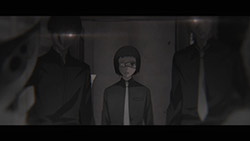 |
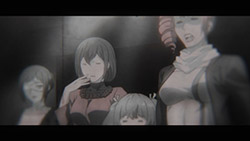 |
End Card
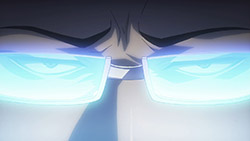 |

is that a yoko taro
I heard tokyo ghoul root a got butchered so I didn’t even watch it. All I hope is that they dont butcher this one too.
While I didn’t enjoy Root A’s finale, especially given how it lacked the single best scene from the manga, there was definitely artistic value in the series.
If you generally enjoy the Tokyo Ghoul franchise, any seasons of the anime could be worth a shot, though you’d have to temper your expectations before going in.
… TOUKA MY LOVE!!
Now this show can get started.
Love me some Touka, but Hinami is the best girl
Next we we get to see… Dun Dun Dun
Show Spoiler ▼
They couldn’t even get the hair right…
The cuts with this adaptation… I just can’t handle it. I am trying but I just can’t like it. The cuts aren’t some minor points, these are character and plot changing omissions and I feel it will continue to hurt this series even more. But that is just my opinion.
Touka’s hair should definitely be lighter blue and puffier. However, this minor detraction from the source material isn’t enough to break the experience for me.
As for the other changes made, they’re pretty big. But I wouldn’t say they’re necessarily worse – as I explained in my post. There’s potential in using the theme of family to drive Sasaki’s character, and I’m interested to see where the anime decide to take this.
https://randomc.net/image/Tokyo%20Ghoul/Tokyo%20Ghoul%20re%20-%2002%20-%20Large%2040.jpg
Toukaaaaaaaaaaaaaaaaaaaaaaaaaa! <3<3<3<3<3
Do you need to have watched the second season of Tokyo Ghoul to understand this series?
I only watched the first season, skipped I didn’t like the direction they were taking it (and I heard it was anime original).
But interested in watching this 3rd season as I hear this is meant to follow the manga.. Do I need to watch season 2 to understand this or can I go straight in from end of season 1?
The second season is mostly anime original. Reading the manga to understand some things better will set things up better for re.